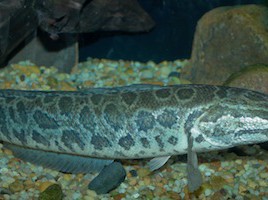A new set of DNA barcodes could help combat the notoriously invasive fish known as snakeheads. Snakeheads are native to Asia and are believed to have been introduced to North American rivers by private collectors dumping their unwanted pets. Identification is difficult because the juveniles and adults can look very different, while fish from different […]
Tag: animals
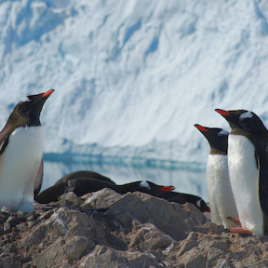
Which penguins beat the heat?
According to a new study, the Gentoo penguin is benefiting from climate change, while the chinstrap and Adélie penguins are not. Researchers used DNA analysis to assess the historic demographics and population structure of these species, and found that Gentoo penguins are climate change ‘winners’ and are expanding their range southward, while the two other […]
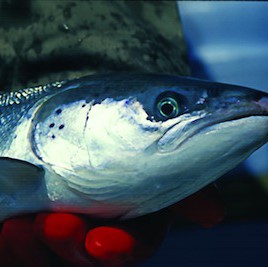
Atlantic Salmon Genome Sequenced
The sequenced genome of the Atlantic Salmon was announced at the 2nd International Conference on Integrative Salmonid Biology in Vancouver. The work was carried out by an international team that included scientists from Norway, Chile and Canada. Atlantic salmon aquaculture is a $600 million industry in Canada. Having a detailed genetic map for this species […]
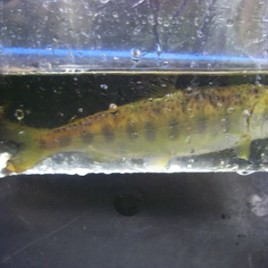
Pacific salmon species benefit each other
The number of juvenile coho salmon in a stream can be up to three times higher if pink or chum salmon were there the season before, according to a new paper. Juvenile coho have been known to scavenge the carcasses or eggs of their cousins, but most of the coho in the latest study emerged […]
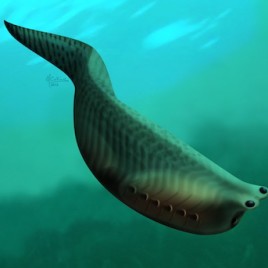
New fossils provide ‘a view to a gill’
New fossils of an ancient fish from Marble Canyon in British Columbia’s Kootenay National Park have provided insight into how jaws evolved. The remains represent the best-preserved fossils of Metaspriggina walcottii, a 500 million-year-old species that is among the oldest known fish. Based on the shape of features called ‘branchial bars’ associated with the gills, the […]
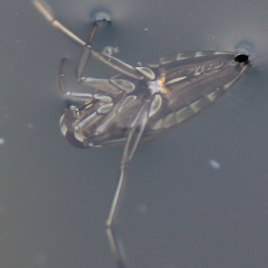
How bugs decide when to fly the coop
Many animals seek new habitat if they are too crowded or if there are too many predators, but new research suggests that the effect of these two factors can’t easily be separated. Researchers filled artificial pools with backswimmers, insects that normally swim but that can fly to a new pool if stressed. Introducing a predator […]
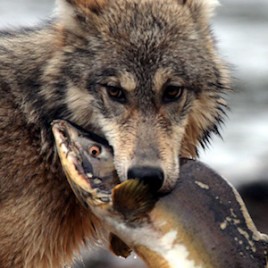
Genetics affirm existence of BC’s ‘coastal wolves’
New genetic information affirms what members of the Heiltsuk First Nation have long known: the islands off British Columbia host a population of ‘coastal wolves’ that is distinct but related to that of the timber wolves on the mainland. Examination of genetic markers from DNA collected in wolf droppings shows that coastal wolves are more […]
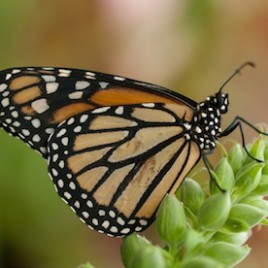
Milkweed needed to save monarchs
A new study bolsters the notion that a lack of milkweed in summer breeding grounds is contributing to the decline of the monarch butterfly. Previous research indicated that the decline of monarchs may be due to catastrophic die-offs in overwintering grounds in Mexico, caused by loss of forest habitat or extreme weather events linked to […]
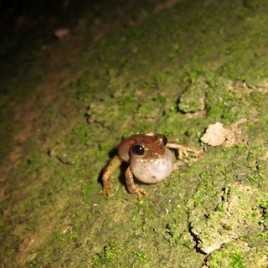
Singing in the drain
Researcher from Taiwan have shown that the mientien tree frog uses concrete drains to amplify its mating calls. They used field studies to show that far more males call from inside the drains than outside them, and acoustic analysis to show that the structures do indeed increase call volume and duration. Original research paper published in […]
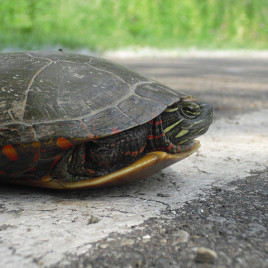
Do Roads Reduce Painted Turtle Populations?
A new study shows that high traffic roads in Eastern Ontario have no significant effect on the relative abundance of painted turtles. Researchers compared turtle populations from around 20 ponds, half of which were close to a freeway and the other half of which were as far as possible from any major roads. They found that […]
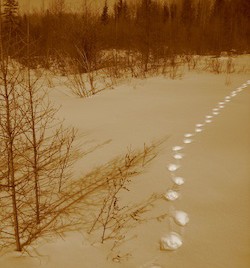
Does counting tracks to estimate animal populations actually work?
A new computer analysis shows that animal tracks can provide an accurate estimate of animal populations in a given area. Biologists often use animal tracks for relative estimates – e.g. more over here than over there – but because tracks can twist and turn, they shy away from using them to get an absolute number of […]
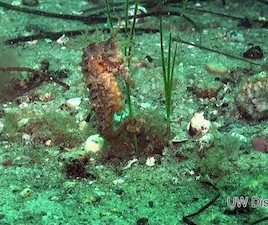
Rare seahorse spotted off Nova Scotia
Two divers recently spotted a lined seahorse (Hippocampus erectus) – rarely seen in Canada – off St. Margaret’s Bay, Nova Scotia. They uploaded the photo to iSeahorse, a smartphone app developed by an international team of seahorse scientists, including UBC marine biologist Amanda Vincent. The ‘citizen science’ initiative is critical due to the fact that […]
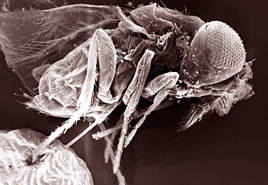
Temperature influences gender of parasitic wasp
Extreme climatic events could influence the sex ratio of a parasite that controls pests such as the European corn borer, a new study shows. The parasitic wasp Trichogramma euproctidis lays its eggs inside the eggs of moths, preventing the moth egg from hatching into a caterpillar. The study showed that fewer females were born at […]
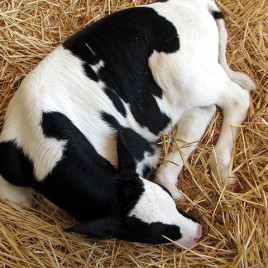
Calves are ‘pessimistic’ after separation from their mother
Dairy calves exhibited ‘pessimistic’ behaviour after they were separated from their mother, a new study shows. Thirteen Holstein calves were raised with their dams and trained to discriminate between white (reward) and red (punishment) colours displayed on a computer monitor. They were then tested using an ambiguous colour (between white and red): 72% of calves […]
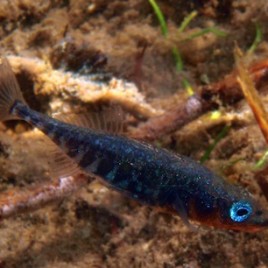
Sticklebacks are blind to each other’s armour
Different-looking sticklebacks from Kennedy Lake on Vancouver island interbreed despite evolutionary pressure not to, according to a new study. Genetic studies showed that fish with one parent that had lots of body armour and another parent with minimal body armour had a lower chance of surviving to adulthood than fish whose parents were both of […]
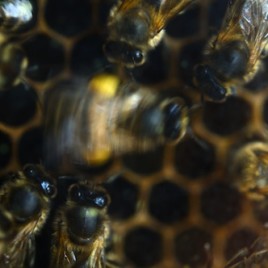
Honey bee eavesdropping could assess conservation efforts
The famous ‘waggle dance’ that bees use to tell each other about the best foraging grounds could be used to measure the success of conservation programs, according to new research. Scientists ‘eavesdropped’ on 5,484 bee dances in a mixed urban-rural area and found that the best forage was located in a particular nearby nature reserve, […]
